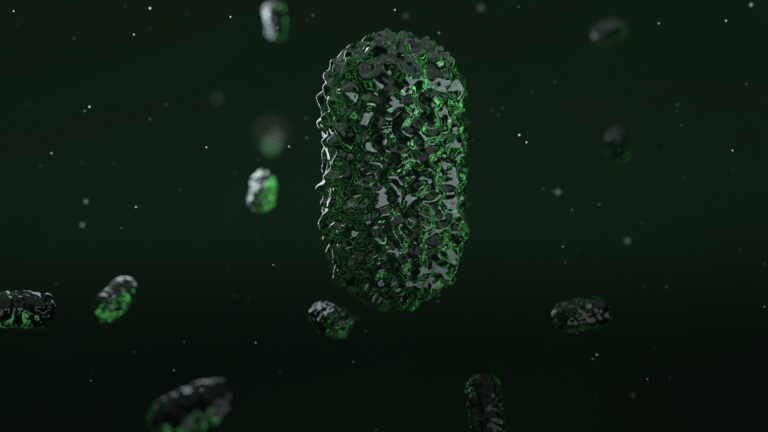Back to Show
Eons
How Ancient Microbes Rode Bug Bits Out to Sea
Season 6
Episode 11
Between 535 and 520 million years ago, a new kind of biological litter began collecting in the ancient oceans of the Cambrian period. Exoskeletons helped early arthropods expand in huge numbers throughout the world’s oceans. And tiny exoskeleton fragments may have allowed some of the most important microbes in the planet’s history to set sail out into the open ocean and change the world forever.
Sign up now for inspiring and thought-provoking media delivered straight to your inbox.
Support Provided By

9:26
Hidden in rocks may have animal kingdom’s oldest known predator.

8:09
We explore what we have in common with our ancient cousins.

9:19
We have become the ultimate niche builders.

9:58
Beneath their shell, the crustaceans hold an evolutionary mystery.

7:20
The answer is part of a decades-long debate.

10:04
In Australia, evolution built a family of deadly predators.

7:28
We focus on the DNA we got from our Neanderthals.

7:20
Seahorses are one of the ocean's worst swimmers but their origin story is great.

8:21
In recent years, Archaea's connection to us has been pretty huge and surprising.

8:53
Charles Darwin encountered a tiny fox-like creature during his famous voyage.

8:59
While some fishapods were crawling out of water, others were diving right back in.

10:17
We think our water came from unlikely sources: meteorites, space dust, and even the sun.











